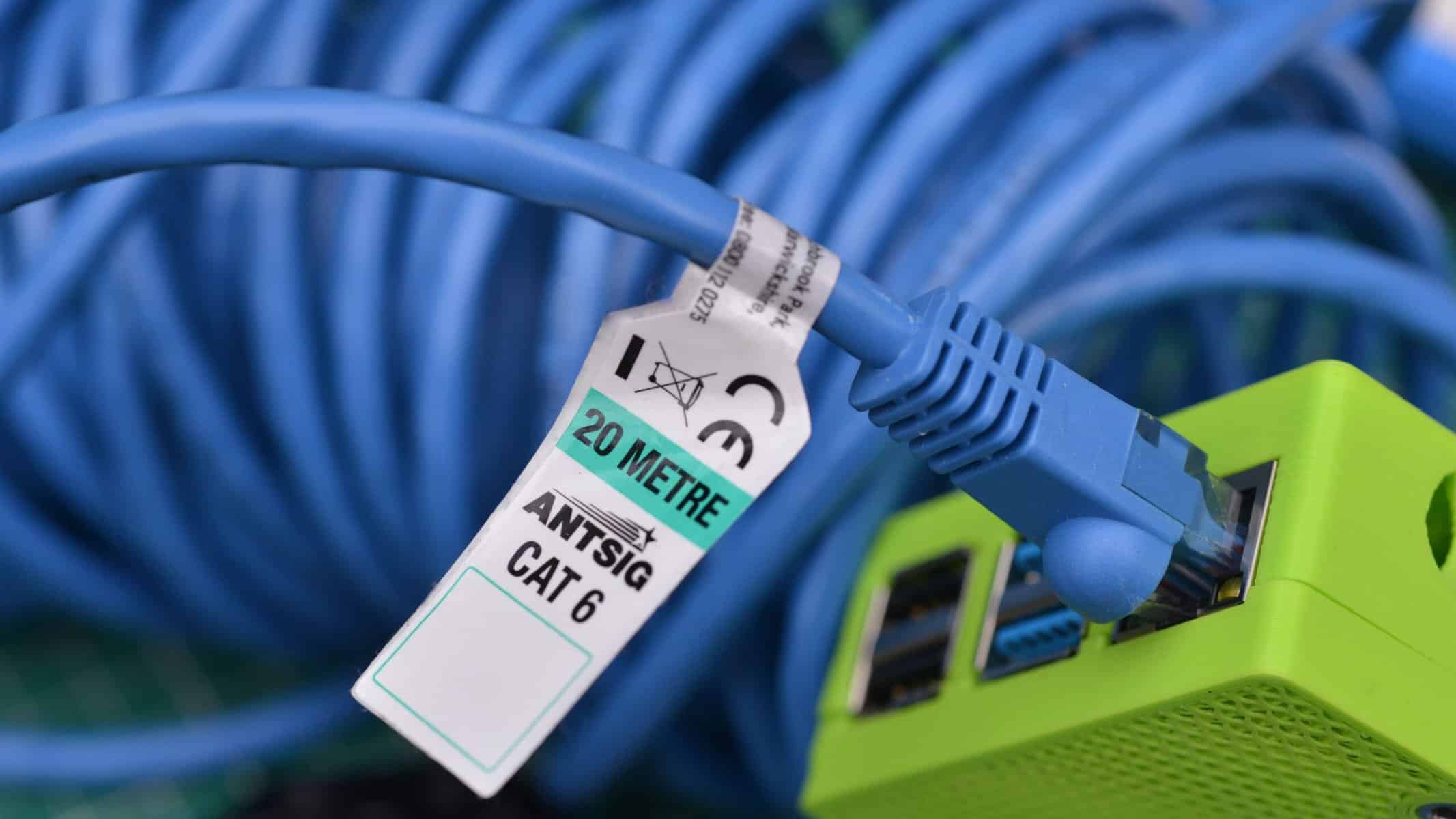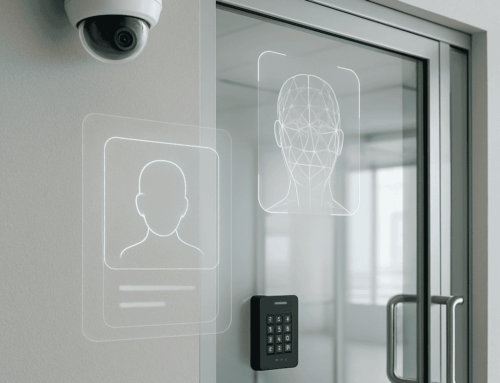CAT 5 VS CAT 6: What to know about CAT Cable Standards

What Are CAT Cables?
Category or “CAT” cables, also called ethernet cables, are a family of copper cables used largely for signal transmission in data networks — they represent one type of structured cable. The International Organization for Standardization/International Electrotechnical Commission (ISO/IEC) standard 11801 contains the specifications for CAT cables as well as other structured cables. The class or category of cable is followed by a number, currently 1-8, and a variety of designations, thus the common use of phrases such as “CAT 5” or “CAT 6” in referring to the 5th and 6th generations of the cable type and so on. More specifically a network cable in this family contains twisted pairs of wire and may include additional shielding to reduce interference and cross-talk. The numeric progression of the cable names indicates a technological progression, with higher numbered cables handling higher bandwidth and in the case of CAT 6 and CAT 8, limited power transmission.
Commercial Uses For CAT Cables
Any organization that relies on a data network for day-to-day operations is almost guaranteed to use CAT-type cables as the backbone of the network, connecting devices to the central switch or modem — at the very least connecting wifi routers that service those devices.
The main alternative to copper CAT cables is fiber optic cables, although these require a different infrastructure.
With the advent of CAT 6, new possibilities open up such as power-over-ethernet (PoE), which allows for compatible devices, such as security video cameras to function with a single data/power connection over long distances (up to 100 meters from the switch or repeater).
CAT Cable Specifications To Know
All CAT cables use the same terminal interface to ensure future compatibility. However, that does not mean that intermixing cables is a good idea. As with any chain, the weakest link or slowest cable in this case, will limit the max speed of the data running through it.
The primary specifications for CAT cables are maximum bandwidth and speed, although the maximum length and shielding are important too.
Max Speed
Cables are rated by their maximum data rate or speed, measured in megabits per second (Mbps). This tells you how quickly data can move through the cable.
Max Bandwidth
The maximum bandwidth of a cable will tell you how much data can be moved. Think of it as the number of lanes on the highway, whereas Mbps refers to the speed limit of the highway.
Max length
Although it may seem strange, the performance of a cable can be closely related to its length. CAT 5-7 cables are limited to 100-meter run-lengths before it’s necessary to install a repeater or signal booster.
Shielding
Electrical signals can bleed into and out of a CAT cable causing poor transmission or in some cases data loss. Foil shielding can mitigate this phenomenon and can be wrapped around individual pairs of wires or the entire bundle. Following the primary designation of CAT 1-8, a series of letters indicate other characteristics. For example, CAT6A F/UTP refers to a cable that contains 4 unshielded twisted pairs with an outer foil shield around the bundle,
Crosstalk
Crosstalk is a broad phenomenon in electronics where the signal from one circuit or cable causes a disruption in another circuit or cable. This is rarely an issue in residential installations, but in commercial applications where tens of, or even a hundred cables may run together in a cable-way or plenum, the results can be disastrous. Using shielded cable is the most common way to prevent crosstalk.
Phasing Out CAT 5e
In 2001 the CAT 5e specification officially replaced CAT 5 as the networking standard. It offered a theoretical maximum speed of 1,000 Mbps or 1 gigabit per second and a maximum bandwidth of 350 MHz. Twenty years later, CAT 5e is on it’s way out, replaced by CAT 6 and CAT 6a.
Differences Between CAT 6, CAT 6a, CAT 7, and CAT 8
While CAT 5e has been the standard for 20 years, it is being replaced by a range of cables, depending on the application. We’ll discuss four different modern cable options and their high-level differences.
CAT 6

CAT 6 cables improve upon the characteristics of CAT 5e, including better performance over long distances due to greatly reduced cross-talk. It can deliver up to 10,000 Mbps or 10 gigabits per second over lengths of 55 meters and a lower 1 gigabits per second over lengths of 100 meters. In nearly all scenarios, CAT 6 is superior to CAT 5e, and can even be better than CAT 6a for certain installations.
CAT 6a
CAT 6a pushes the benefits of 6 even higher, with up to 10 gigabits per second over 100-meter lengths, and with even greater signal performance. CAT 6a is the preferred choice for environments with high noise and where data accuracy is a top priority. The cable is heavier and less flexible than CAT 6 or CAT 5e, but the performance gains are almost always worth it.
CAT 7
Chronologically speaking, CAT 7 was developed after CAT 6 and before CAT 6a. It offers similar performance characteristics, but it uses a special terminal connector that is incompatible with CAT 5 and 6 equipment. As such, CAT 7 cable is not recognized by the Telecommunication Industry Association or the Electronic Industries Alliance. The applications for CAT 7 are extremely rare, especially because virtually all of its benefits are redundant with CAT 6a.
CAT 8
The most advanced, and widely available cable is the CAT 8 type. It employs the standard RJ45 terminal connectors and is backward compatible. CAT 8 contains a conductive layer in the jacket as well as shielding for each twisted pair and a shield for the entire bundle. This allows for extremely clear signal transmission, with negligible crosstalk and very high transmission speeds. CAT 8 offers 40 gigabits per second and 2 GHz of bandwidth over 30-meter lengths. All in all, CAT 8 improves on its predecessors in important ways, suffering only from increased weight and stiffness that makes it tough to install in tight spaces.
Planning For The Future
If you’re determined to use copper structured cable, then CAT 6a offers the best performance, all-around utility, and future-friendly characteristics. It is backward compatible with early ethernet hardware and brings extraordinary speed and bandwidth gains over CAT 5 (100 times faster) and CAT 6 (10 times faster).
The best thing you can do to determine which cable is best for your installation is to evaluate your operational needs, budget, and existing infrastructure. You may even decide to use a mix of cable types in order to provide peak performance where it’s needed most and cost-savings wherever possible.
About i.e.Smart Systems
i.e.Smart Systems is a Houston, TX based technology integration partner that specializes in design and installation of audio/visual technology and structured cabling. For more than three decades, our team of in-house experts has partnered with business owners, architectural firms, general contractors, construction managers, real estate developers, and designers in the Houston market, to deliver reliable, scalable solutions that align with their unique goals.




